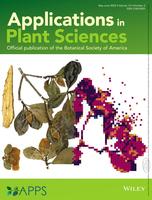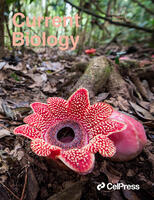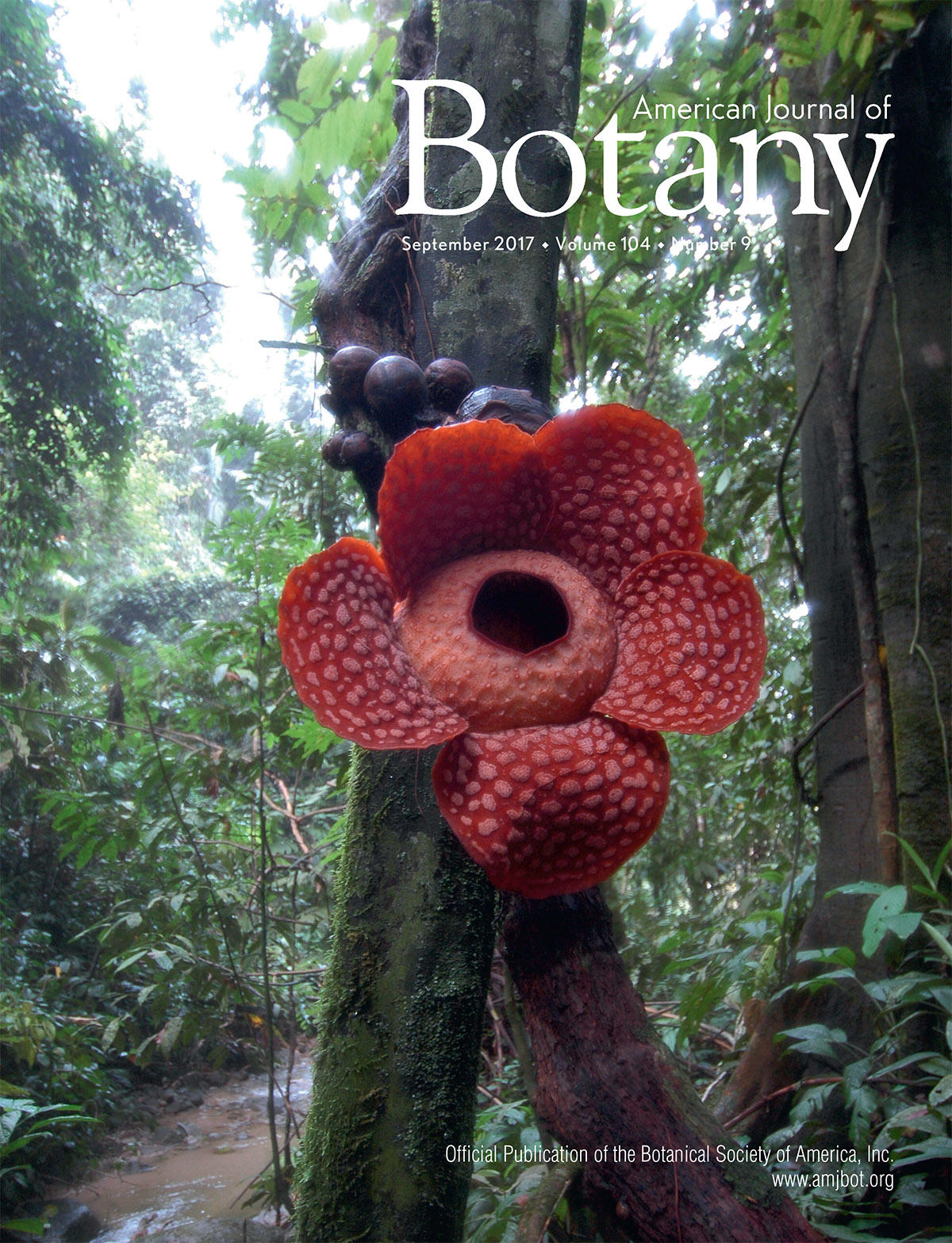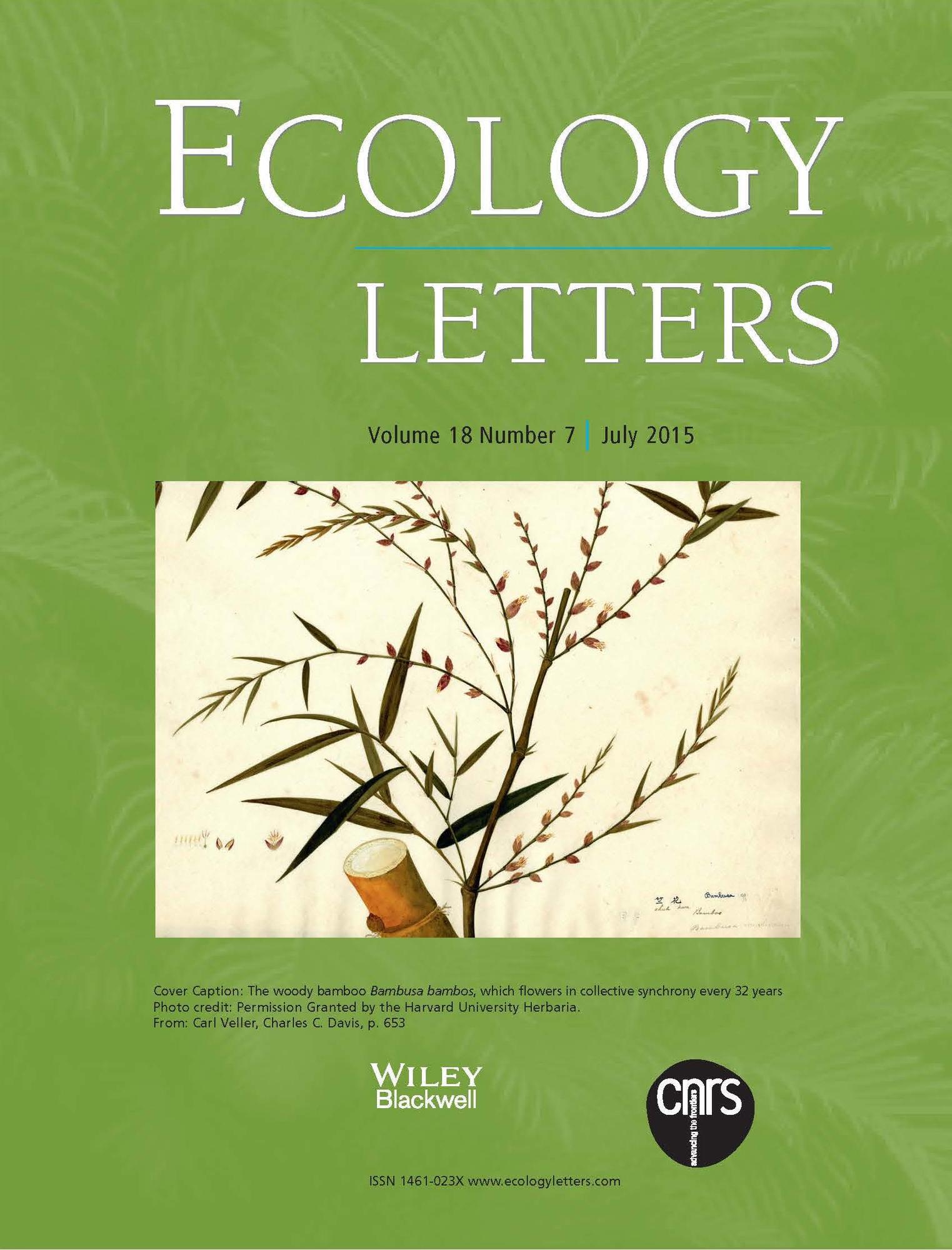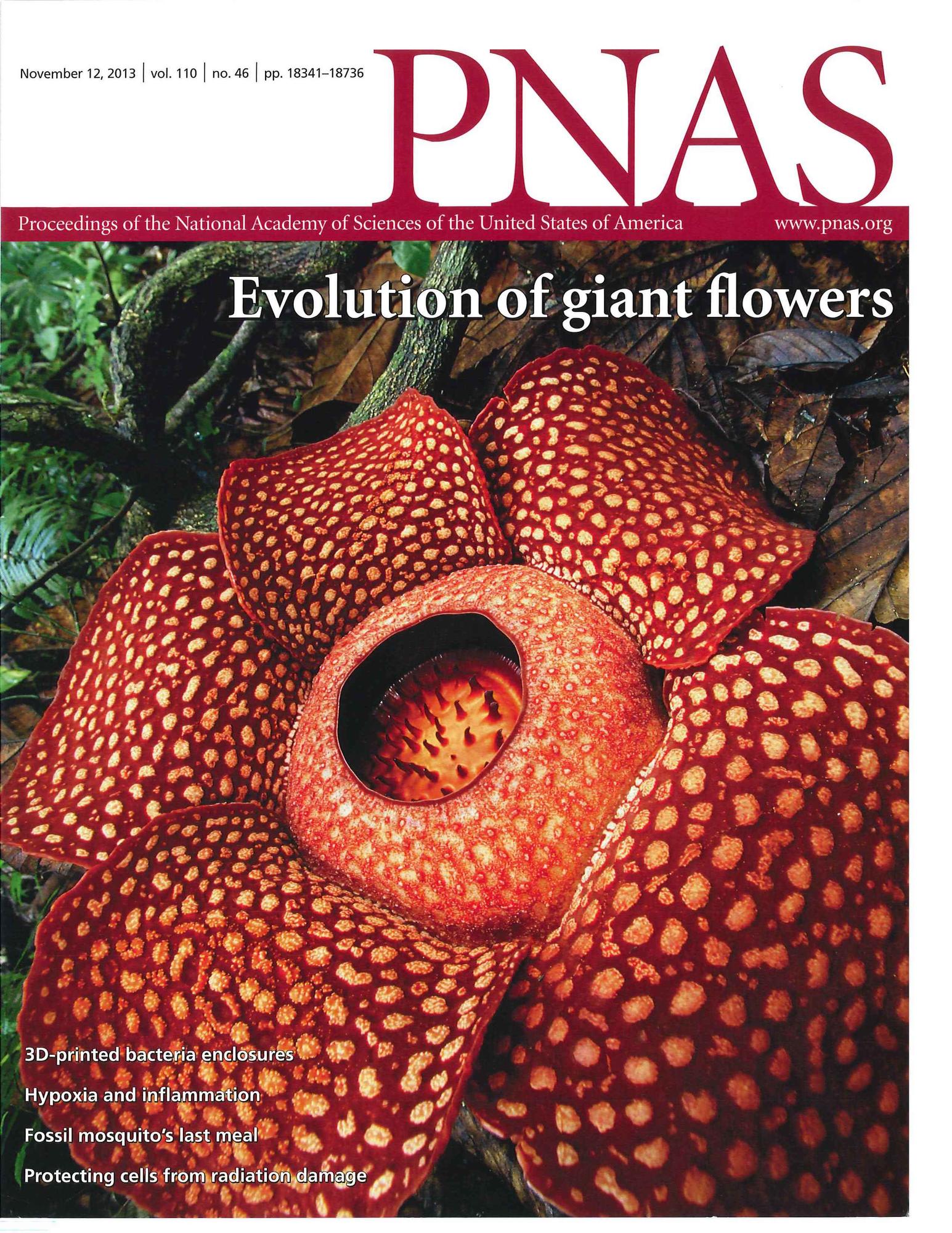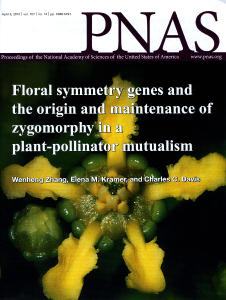Citation:
| 2.26 MB |
Abstract:
The carnivorous plant family Sarraceniaceae comprises three genera of wetland-inhabiting pitcher plants: Darlingtonia in the northwestern United States, Sarracenia in eastern North America, and Heliamphora in northern South America. Hypotheses concerning the biogeographic history leading to this unusual disjunct distribution are controversial, in part because genus- and species-level phylogenies have not been clearly resolved. Here, we present a robust, species-rich phylogeny of Sarraceniaceae based on seven mitochondrial, nuclear, and plastid loci, which we use to illuminate this family's phylogenetic and biogeographic history. The family and genera are monophyletic: Darlingtonia is sister to a clade consisting of Heliamphora+Sarracenia. Within Sarracenia, two clades were strongly supported: one consisting of S. purpurea, its subspecies, and S. rosea; the other consisting of nine species endemic to the southeastern United States. Divergence time estimates revealed that stem group Sarraceniaceae likely originated in South America 44-53 million years ago (Mya) (highest posterior density [HPD] estimate = 47 Mya). By 25-44 (HPD = 35) Mya, crown-group Sarraceniaceae appears to have been widespread across North and South America, and Darlingtonia (western North America) had diverged from Heliamphora+Sarracenia (eastern North America+South America). This disjunction and apparent range contraction is consistent with late Eocene cooling and aridification, which may have severed the continuity of Sarraceniaceae across much of North America. Sarracenia and Heliamphora subsequently diverged in the late Oligocene, 14-32 (HPD = 23) Mya, perhaps when direct overland continuity between North and South America became reduced. Initial diversification of South American Heliamphora began at least 8 Mya, but diversification of Sarracenia was more recent (2-7, HPD = 4 Mya); the bulk of southeastern United States Sarracenia originated co-incident with Pleistocene glaciation, <3 Mya. Overall, these results suggest climatic change at different temporal and spatial scales in part shaped the distribution and diversity of this carnivorous plant clade.
Notes:
Ellison, Aaron MButler, Elena DHicks, Emily JeanNaczi, Robert F CCalie, Patrick JBell, Charles DDavis, Charles CengP20 RR16481/RR/NCRR NIH HHS/Research Support, N.I.H., ExtramuralResearch Support, Non-U.S. Gov'tResearch Support, U.S. Gov't, Non-P.H.S.2012/06/22 06:00PLoS One. 2012;7(6):e39291. doi: 10.1371/journal.pone.0039291. Epub 2012 Jun 13.

